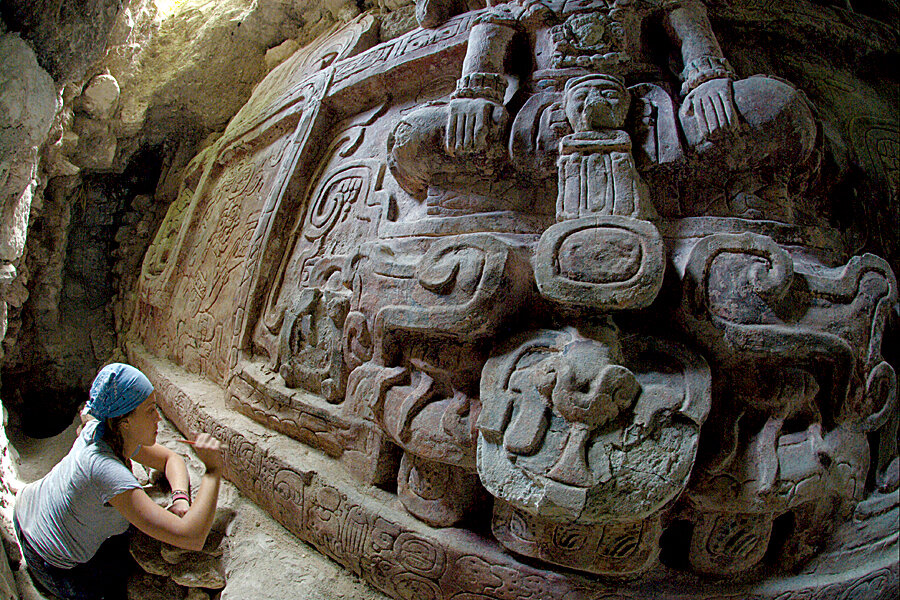What a dig can and can't find
Loading...
Sometimes a portal opens onto the world of legend. A stone is rolled away from an Egyptian tomb revealing a 3,300-year-old Pharaoh’s power and wealth. A Roman city emerges virtually intact from volcanic ash, its dining tables set for dinner, its comfortable lifestyle interrupted by natural disaster. The mummified body of a Stone Age hunter emerges from a glacier in the Alps, and modern forensics determines from the metallurgy of his ax, his DNA, and the pollen on his clothes that he was the product of a surprisingly sophisticated culture.
With most archaeology, pottery shards and bone fragments provide sketchy evidence of unheralded lives. But even with the abundant material found at places like Pompeii, the stories we tell about lost worlds are speculative. New tools and theories always come along to challenge what we currently think we know.
Then there is the archaeological holy grail, which exists at the intersection of science and faith: the veracity of the biblical account. Bible archaeology fascinates Jews, Christians, and many Muslims, as well as historians and anyone who studies and cares about the Middle East or, for that matter, Western civilization. For centuries, believers and skeptics alike have wondered if Bible history was accurate, if facts underpinned belief or if it was sufficient to extract spiritual meaning from myth and metaphor.
Take the story of David. Was his a writer’s tale of youthful heroism, adult treachery, and the quest for redemption recorded in those sublime psalms? That could make it a Canaanite version of Homeric myth. But David’s words and deeds support the monotheistic brand, the argument that the one God should be “exalted among the nations.” How has his story come to be so influential if he was just a wordsmith, if he wasn’t perhaps a great king? So did his life unfold more or less as the Bible says?
In this a Monitor cover story, Christa Case Bryant takes us to an archaeological site southwest of Jerusalem where investigators have been sifting through what appears to be evidence of a Hebrew kingdom 3,000 years ago. What they’ve found (and haven’t found: no cultic figurines, no pig bones) might support the belief of a united kingdom under Saul, David, and Solomon that stretched from the Sinai to southern Lebanon and the Mediterranean Sea to beyond the Jordan River.
Even for secularists, that 10th-century BC kingdom is important. It is a part of the historical case for the Jewish return to the Holy Land. So you can see some of the implication of the dig at Khirbet Qeiyafa.
Few other cultures have as enduring a literary-historical tradition as that found in the Bible. But that doesn’t mean that individuals in other cultures didn’t experience the inspiration and drive for moral improvement that the Bible, at its best, advocates and chronicles. In almost every part of the world, we make our homes atop the remains of earlier people. The hopes and dramas, affections and beliefs of those past lives can also be winkled from the traces they leave in the strata.
All the stories we reconstruct require leaps of faith and a healthy regard for the provisional nature of what we know. But even as science helps us see more of our ancestry, we are unlikely to find hard evidence connecting human with divine. It takes a different kind of digging – using faith, not trowels – to arrive at what the psalmist called the “secret place of the most High.”
John Yemma is editor of the Monitor. He can be reached at editor@csmonitor.com.








